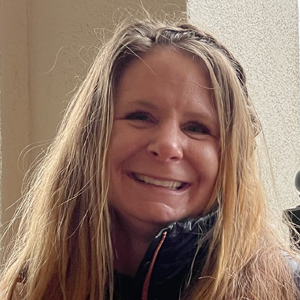May I introduce you to a community of engagement?
I was a bright-eyed, bushy-tailed assistant professor attending my first scientific conference since transitioning to academia at a primarily undergraduate institution from clinical research. To say the transition was a challenge is an understatement.
While I had heard of the American Society for Biochemistry and Molecular Biology in grad school, my focus was on oncology societies at that time. I had no idea just how transformative this conference was going to be for me. Attending ASBMB in Washington, D.C. in the spring of 2011 was an amazing experience and the exact level of diverse inspiration I needed to embrace my transition. I felt welcomed and at home.
Between the hallway conversations, science talks and array of workshops that I had to choose from, I was almost overwhelmed by the myriad of ways I could elevate myself. Attending the education workshop was the springboard to crafting my identity as an educator who actively engages with my students both in and outside of the classroom. This workshop inspired who I am today and helped me forge relationships with mentors near and far.
The interactions with others at this session all helped in my transformation; some resulted in deeper subsequent collaborations, others merely inspired me to think creatively about my engagement with peers, students and the community. Everyone who shared their experiences at this session shaped a piece of who I am today: Tim Herman, Shannon Colton, Peter Kennelly and Ellis Bell ignited all that I have accomplished.
After a year of feeling isolated and lost, I had found my people and knew how to scaffold changes in my approach with teaching, I had a better idea of how to use my clinical experience to introduce research efforts that could be accomplished with little to no funding or equipment, and I had fantastic ideas for community engagement.
These seeds of thought led to my involvement with the National Science Foundation’s Connecting Researchers Students and Teachers, or CREST, project to engage undergraduates in science and later with BioMolViz, a group that promotes biomolecular visual literacy. The experience transformed my approach in the classroom and laboratory. I began using hands-on, applied learning, with elements drawn from process-oriented guided inquiry learning, problem-based learning and course-based undergraduate research experience — known as POGIL, PBL and CURE. I was inspired to apply for seed funding via the ASBMB’s Hands-on Opportunities to Promote Engagement in Science, or HOPES, program, to initiate amazing community engagement experiences for my students and community.
As a result of this meeting, not only did I have more fun in my new profession, but I also shaped better future scientists and clinicians. I only hope that I have since had a chance to inspire others as well.
MEETING CONNECTIONS
Have you made a friendship or connection, forged a collaboration, gleaned insight or had another meaningful experience at a scientific meeting?
To celebrate the return of the American Society of Biochemistry and Molecular Biology’s annual meeting as an in-person event, ASBMB Today held an essay contest based on this question. This entry won an honorable mention.
Enjoy reading ASBMB Today?
Become a member to receive the print edition four times a year and the digital edition monthly.
Learn moreGet the latest from ASBMB Today
Enter your email address, and we’ll send you a weekly email with recent articles, interviews and more.
Latest in Opinions
Opinions highlights or most popular articles
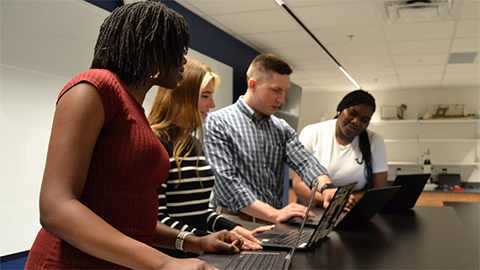
Debugging my code and teaching with ChatGPT
AI tools like ChatGPT have changed the way an assistant professor teaches and does research. But, he asserts that real growth still comes from struggle, and educators must help students use AI wisely — as scaffolds, not shortcuts.

AI in the lab: The power of smarter questions
An assistant professor discusses AI's evolution from a buzzword to a trusted research partner. It helps streamline reviews, troubleshoot code, save time and spark ideas, but its success relies on combining AI with expertise and critical thinking.
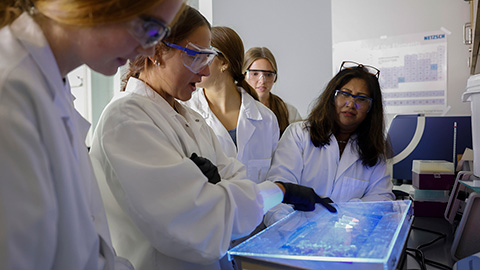
How AlphaFold transformed my classroom into a research lab
A high school science teacher reflects on how AI-integrated technologies help her students ponder realistic research questions with hands-on learning.
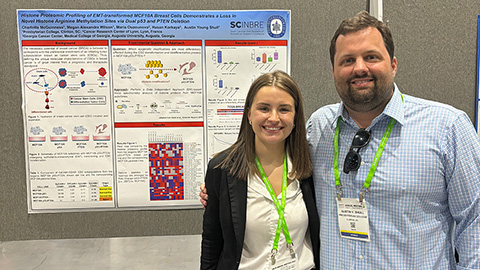
Writing with AI turns chaos into clarity
Associate professor shares how generative AI, used as a creative whiteboard, helps scientists refine ideas, structure complexity and sharpen clarity — transforming the messy process of discovery into compelling science writing.
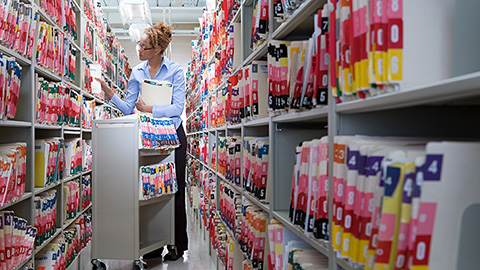
Teaching AI to listen
A computational medicine graduate student reflects on building natural language processing tools that extract meaning from messy clinical notes — transforming how we identify genetic risk while redefining what it means to listen in science.
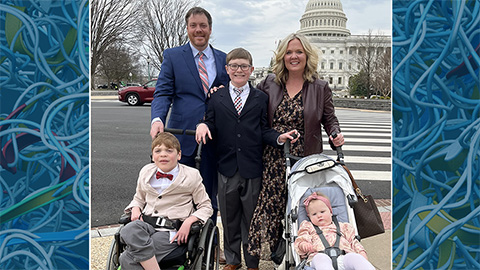
What’s in a diagnosis?
When Jessica Foglio’s son Ben was first diagnosed with cerebral palsy, the label didn’t feel right. Whole exome sequencing revealed a rare disorder called Salla disease. Now Jessica is building community and driving research for answers.

